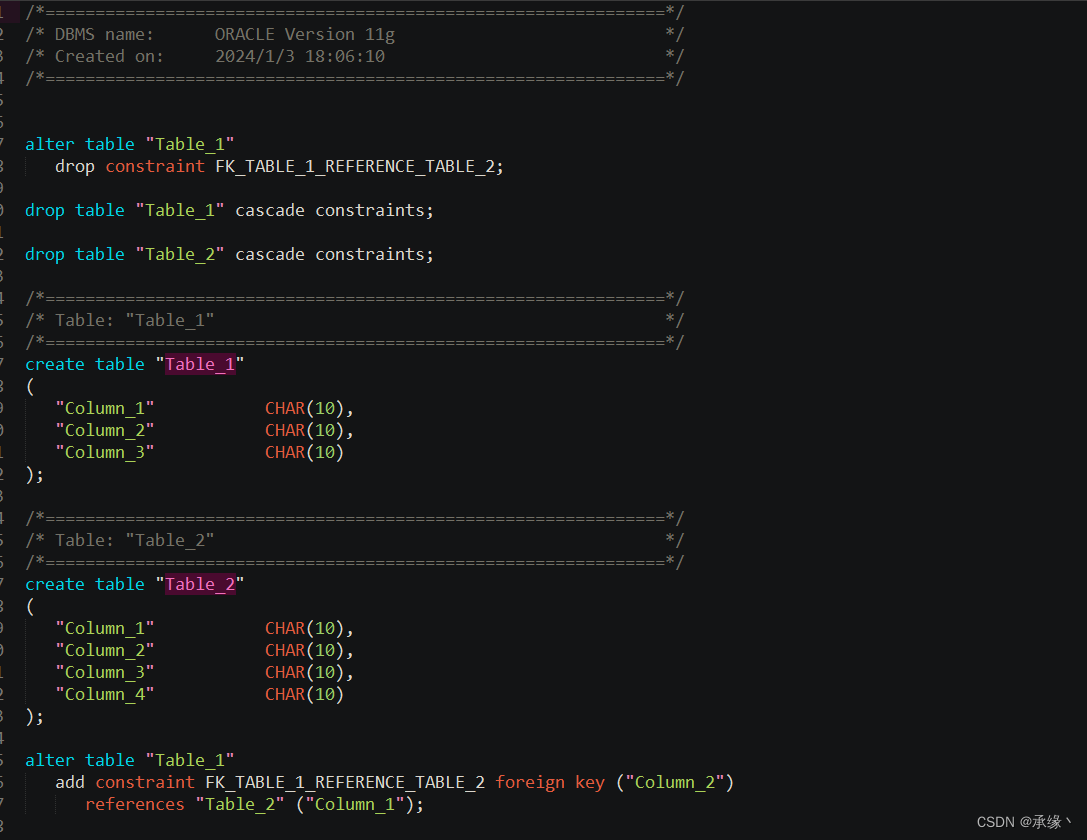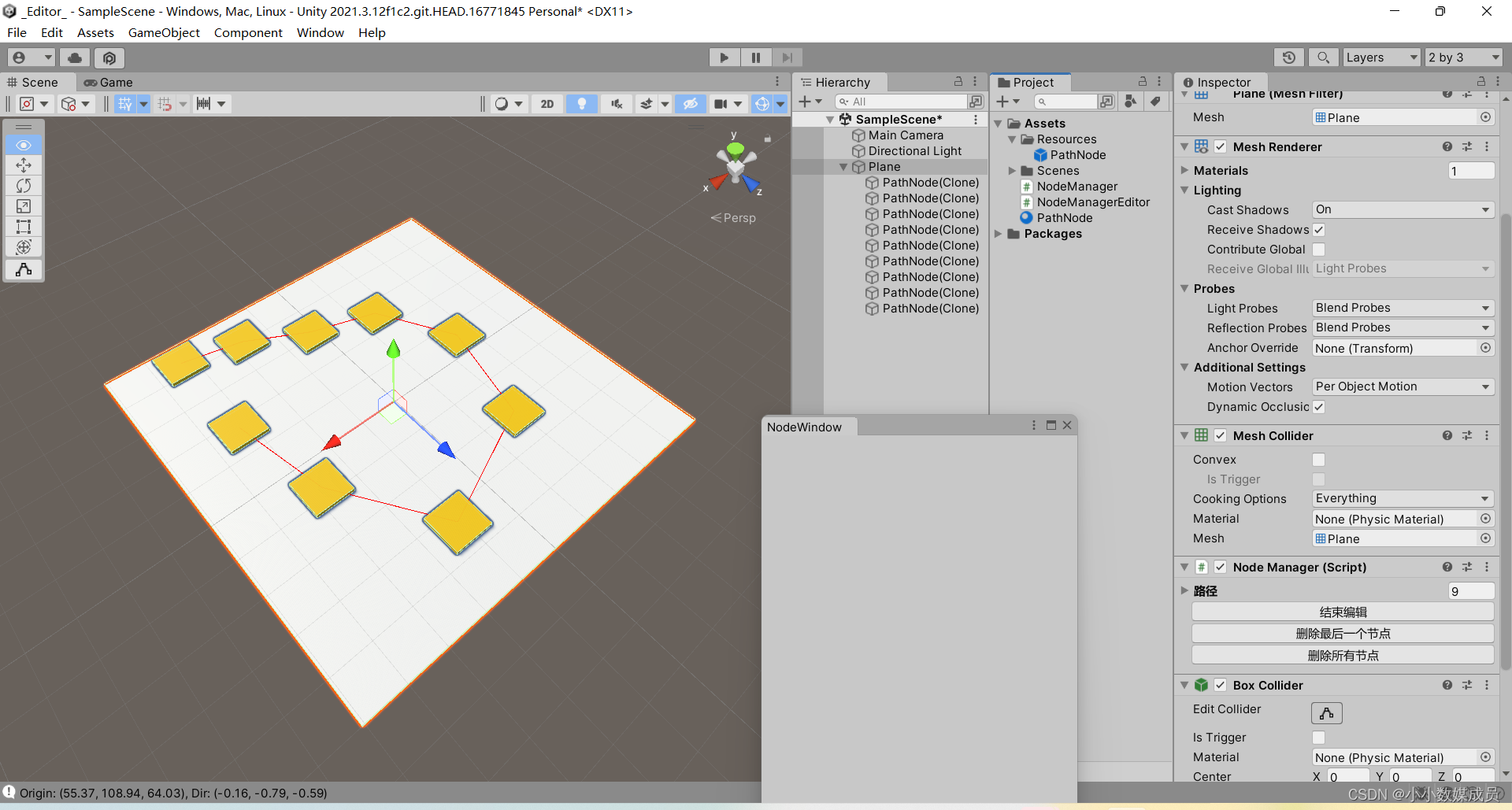目录
一,关联式容器
二,键值对
三,set的使用
3.1 set介绍
3.2 set的插入和删除
3.3 set的pair
3.4 multiset
四,map的使用
4.1 map介绍
4.2 map实现简易字典
4.3 map实现统计次数
4.4 map的[]
五,使用map或set解决部分OJ题
5.1 复杂链表的复制
5.2 前K个高频单词
5.2.1 解法一:使用sort算法排序
5.2.2 使用multimap解决
5.2.3 使用set的特性加仿函数解决
5.3 两个数组的交集
一,关联式容器
在前面的文章里,我们以及接触过STL的部分容器,包括:vector,list,deque等,这些容器同称为序列式容器,因为其底层为线性序列的数据结构,里面存的是元素本身。
关联式容器也是用来存储数据的,与序列式容器不同,里面存储的式<key,value>结构的键值对,在数据检索时比序列式容器效率更高,关于键值对请看下面的内容
二,键值对
键值对是用来表示居于一一对应关系的一种结构,该结构中一般只包含两个成员变量key和value。key代表监事,value表示与key对应的信息。比如建一个英汉互译的字典,所以这个字典中,英语单词与其含义是一一对应的关系,即通过该单词可以在字典中找到对应的中文含义
下面是STL中关于键值对pair的定义
template <class T1, class T2>
struct pair
{
typedef T1 first_type;
typedef T2 second_type;
T1 first;
T2 second;
pair() : first(T1()), second(T2())
{}
pair(const T1& a, const T2& b) : first(a), second(b)
{}
};三,set的使用
3.1 set介绍
①set是按照一定次序存储元素的容器
②在set中,元素的value也标识它(value就是key,类型为T),并且每个value必须是唯一的
③在内部,set中的元素总是按照其内部比较对象所指示的特点排序准则进行排序
④set在底层是用红黑树实现的
3.2 set的插入和删除
void test_set1()
{
//set<int> s = {1,2,1,6,3,8,5};//列表初始化
int a[] = { 1,2,1,6,3,8,5 };
set<int> s(a, a + sizeof(a) / sizeof(int));//set支持通过迭代器区间初始化
//set<int,greater<int>> s(a, a + sizeof(a) / sizeof(int));可以自行控制这颗树
//set间接完成了 排序+去重,因为set底层是一个搜索二叉树
set<int>::iterator it = s.begin();
while (it != s.end())
{
//搜索树不允许修改key,可能会破坏搜索的规则
//*it += 1;
cout << *it << " ";
it++;
}
cout << endl;
//删除
//方法1
s.erase(1);
for (auto e : s)
{
cout << e << " ";
}
cout << endl;
//方法2
set<int>::iterator pos = s.find(2);
if (pos != s.end())//判断有没有找到
{
s.erase(pos);
}
for (auto e : s)
{
cout << e << " ";
}
cout << endl;
//count()返回数据个数,但由于set默认去重只能返回0或1,所以一般用作判断该数是否存在
cout << s.count(3) << endl; //判断在不在,并且返回个数
cout << s.count(30) << endl;
}
void test_set2()
{
set<int> myset;
set<int>::iterator itlow, itup;
for (int i = 0; i < 10; i++)
myset.insert(i * 10); //10 20 30 40 50 60 70 80 90
itlow = myset.lower_bound(25);//返回的是>=val的第一个值,此处返回30
itup = myset.upper_bound(60);//返回的是>val的第一个值,此处返回70
cout << "[" << *itlow << "," << *itup << "]" << endl;
myset.erase(itlow, itup);//删除这两个值所代表的范围之间的数
}
3.3 set的pair
void test_set3()//pair用来记录一对数据
{
set<int> myset;
for (int i = 1; i <= 5; i++)
myset.insert(i * 10);//10 20 30 40 50
pair<set<int>::const_iterator, set<int>::const_iterator> ret;
ret = myset.equal_range(40);
cout << "the lower bound points to : " << *ret.first << endl;
cout << "the upper bound points to : " << *ret.second << endl;
}
3.4 multiset
void test_multiset()//multiset与set不一样的是,multiset允许有重复值
{
int a[] = { 3,1,2,1,6,3,8,3,5,3,1 };
multiset<int> s(a, a + sizeof(a) / sizeof(int));
for (auto e : s)
{
cout << e << " ";
}
cout << endl;
cout << s.count(1) << endl;//这里的count就是记录个数了
auto pos = s.find(3);
//find时如果有多个值,返回中序的第一个位置,如果想找第二个3,把迭代器++一下就是第二个3
while (pos != s.end())
{
cout << *pos << " ";
++pos;
}
cout << endl;
s.erase(3);//如果要删除的值有多个,删除所有的值
for (auto e : s)
{
cout << e << " ";
}
}
四,map的使用
4.1 map介绍
①map是关联容器,它按照特点的次序(按照key来比较)存储由简直key和value组合而成的元素
②在map中,键值key通常用于排序和唯一的标识元素,而值value中存储与此键值key关联的内容。键值key和值value的类型可能不同,并且在map的内部,key与value通过成员类型value_type绑定在一起,为其取别名称为pair
③在内部,map中的元素总是按照键值key进行比较排序的
④map支持下标访问符,即在[]中放入key,就可以找到与key对应的value
4.2 map实现简易字典
void test_map1()
{
map<string, string> dict;
pair<string, string> kv1("sort","排序");//隐式类型转换
dict.insert(kv1);
//但是上面有点麻烦,所以这时候“匿名对象”就排上用场了
dict.insert(pair<string, string>("test", "测试"));
dict.insert(pair<string, string>("string", "字符串"));
typedef pair<string, string> DictkV;
dict.insert(DictkV("string", "xxx"));//只看king相不相同,所以这里不用xxx替换“字符串”,king已经有了,所以直接插入失败
//大家也不喜欢用typedef,喜欢用下面这个东东
dict.insert(make_pair("left", "左边"));
/*template<class T1,class T2>
pair<T1, T2> make_pair(T1 x, T2 y)
{
return (pair<T1, T2>(x, y));
}*/
//map遍历
//map<string, string>::iterator it = dict.begin();
auto it = dict.begin();
while (it != dict.end())
{
//cout << *it << endl;//报错,pair不支持流插入,迭代器的解引用是去调用operator*,set只有king就返回king的引用,pair有两个值first和secong,一个函数的调用用不允许返回两个值
//cout << (*it).first << (*it).second << endl;虽然这样可以排序,但是map不喜欢这样搞
cout << it->first << it->second << endl;//这里的it是指针,->经过重载,it->返回pari*,然后再->就可以找到first,但是就变成了it->->太难看了,所以编译器优化掉了一个->
++it;
}
cout << endl;
for (auto& kv : dict)
{
cout << kv.first << ":" << kv.second << endl;
}
}
4.3 map实现统计次数
void test_map2()
{
string arr[] = { "苹果", "西瓜", "苹果", "西瓜", "苹果", "苹果", "西瓜","苹果", "香蕉", "苹果", "香蕉" };
//统计次数
//map<string, int> countMap;
//for(auto & str : arr)
//{
// //map<string, int>::iterator it = countMap.find(str);
// //if (it != countMap.end()) //找到了
// //{
// // //说明该水果是有的
// // //(*it).second++;
// // it->second++;
// //}
// //else //没找到
// //{
// // //说明是一个新水果,插入一个
// // countMap.insert(make_pair(str, 1));
// //}
//}
//上面的是常规的统计次数的方法,但是太麻烦了,我们一般用[]将查找插入修改一并完成
map<string, int> countMap;
for (auto& str : arr)
{
countMap[str]++; //重载的operator[]
//1,str不在countMap中,插入pair(str,int()),然后再返回++ key已经在map中,返回pair(key_iterator,false);
//2,str在countMap中,直接返回value的引用再++ key不在map中,返回pair(new_key_iterator,true);
}
map<string, int>::iterator it = countMap.begin();
while (it != countMap.end())
{
cout << it->first << ":" << it->second << endl;
++it;
}
/*V& operator[](const K& key)
{
pair<iterator, bool> ret = insert(make_pair(key, V()); //insert完成了查找,bool表示插入是否成功
return ret.first->second
}*/
}
4.4 map的[]
void test_map3()
{
map<string, string> dict;
dict.insert(make_pair("sort", "排序"));
dict.insert(make_pair("string", "字符串"));
dict.insert(make_pair("count", "计数"));
dict["left"]; //插入
dict["right"] = "右边"; //插入+修改
dict["string"] = "(字符串)"; //修改
cout << dict["string"] << endl; //查找,打印 "(字符串)"
map<string, string>::iterator it = dict.begin();
while (it != dict.end())
{
cout << it->first << ":" << it->second << endl;
++it;
}
}
五,使用map或set解决部分OJ题
5.1 复杂链表的复制
题目出处:LCR 154. 复杂链表的复制 - 力扣(LeetCode)
class Solution
{
public:
Node* copyRandomList(Node* head)
{
map<Node*,Node*> copyNodeMap;
Node* cur = head;
Node* copyhead, *copytail;
copyhead = copytail = nullptr;
while (cur)
{
Node* copy = new Node(cur->val);
copyNodeMap[cur] = copy;
if (copytail == nullptr)
{
copytail = copyhead = copy;
}
else
{
copytail->next = copy;
copytail = copytail->next;
}
cur = cur->next;
}
cur = head;
Node* copy = copyhead;
while (cur)
{
if (cur->random == nullptr)
{
copy->random = nullptr;
}
else
{
copy->random = copyNodeMap[cur->random];
}
cur = cur->next;
copy = copy->next;
}
return copyhead;
}
};5.2 前K个高频单词
题目出处:692. 前K个高频单词 - 力扣(LeetCode)
5.2.1 解法一:使用sort算法排序
class Solution {
public:
//比较大小仿函数
struct Compare
{
bool operator()(const pair<string, int>& kv1, const pair<string, int>& kv2)
{
return kv1.second > kv2.second || kv1.second == kv2.second && kv1.first < kv2.first;
}
};
vector<string> topKFrequent(vector<string>& words, int k) {
map<string, int> countMap;
for (auto& str : words)
{
countMap[str]++; //统计次数
}
//因为需要使用sort排序,而map是一个双向迭代器,不是随机迭代器也就是不能通过下标访问元素
//所以我们先把值放进vector中排序
vector<pair<string, int>> v(countMap.begin(), countMap.end());
//stable_sort(v.begin(),v.end(),Compare()); //C++提供的稳定的排序函数
sort(v.begin(), v.end(), Compare());
vector<string> v1;
for (size_t i = 0; i < k; i++)
{
v1.push_back(v[i].first);
}
return v1;
}
};5.2.2 使用multimap解决
class Solution {
public:
/*struct Compare
{
bool operator()(const int& key1, const int& key2) const
{
return key1 > key2;
}
};*/
vector<string> topKFrequent(vector<string>& words, int k) {
map<string, int> countMap;
for (auto& str : words)
{
countMap[str]++; //统计次数
}
//直接使用multimap进行排序
//multimap<int, string, Compare> sortMap;
multimap<int, string, greater<int>> sortMap; //巧合,题目给的测试用例插入的顺序刚好符合要求
//当次数相同时,红黑树插入时插入在右边,如果插到左边就不行了
for (auto& kv : countMap)
{
sortMap.insert(make_pair(kv.second, kv.first));
}
vector<string> ret;
auto it = sortMap.begin();
while (k--)
{
ret.push_back(it->second);
++it;
}
return ret;
}
};5.2.3 使用set的特性加仿函数解决
class Solution3 {
public:
struct Compare
{
bool operator()(const pair<string, int>& kv1, const pair<string, int>& kv2) const
{
return kv1.second > kv2.second || kv1.second == kv2.second && kv1.first < kv2.first;
}
};
vector<string> topKFrequent(vector<string>& words, int k) {
map<string, int> countMap;
for (auto& str : words)
{
countMap[str]++; //统计次数
}
//这里默认是升序,暂时我们要降序,所以加仿函数
set<pair<string, int>, Compare> sortSet(countMap.begin(), countMap.end());
vector<string> ret;
auto it = sortSet.begin();
while (k--)
{
ret.push_back(it->first);
++it;
}
return ret;
}
};5.3 两个数组的交集
题目出处:349. 两个数组的交集 - 力扣(LeetCode)
class Solution {
public:
vector<int> intersection(vector<int>& nums1, vector<int>& nums2)
{
//先去重
set<int> s1(nums1.begin(), nums1.end());
set<int> s2(nums2.begin(), nums2.end());
auto it1 = s1.begin();
auto it2 = s2.begin();
vector<int> ret;
//前面完成了去重,不相等也就不是交集,小的值的迭代器++,相等,拿出相等值然后两个迭代器同时++
while (it1 != s1.end() && it2 != s2.end())
{
if (*it1 < *it2)
{
it1++;
}
else if (*it2 < *it1)
{
it2++;
}
else
{
ret.push_back(*it1);
it1++;
it2++;
}
}
return ret;
//如果要找差集,那么相等时同时++,不相等,小的就是差集
//如果一个走完了,另一个没有走完,那么没走完的剩下的值也是差集
}
};




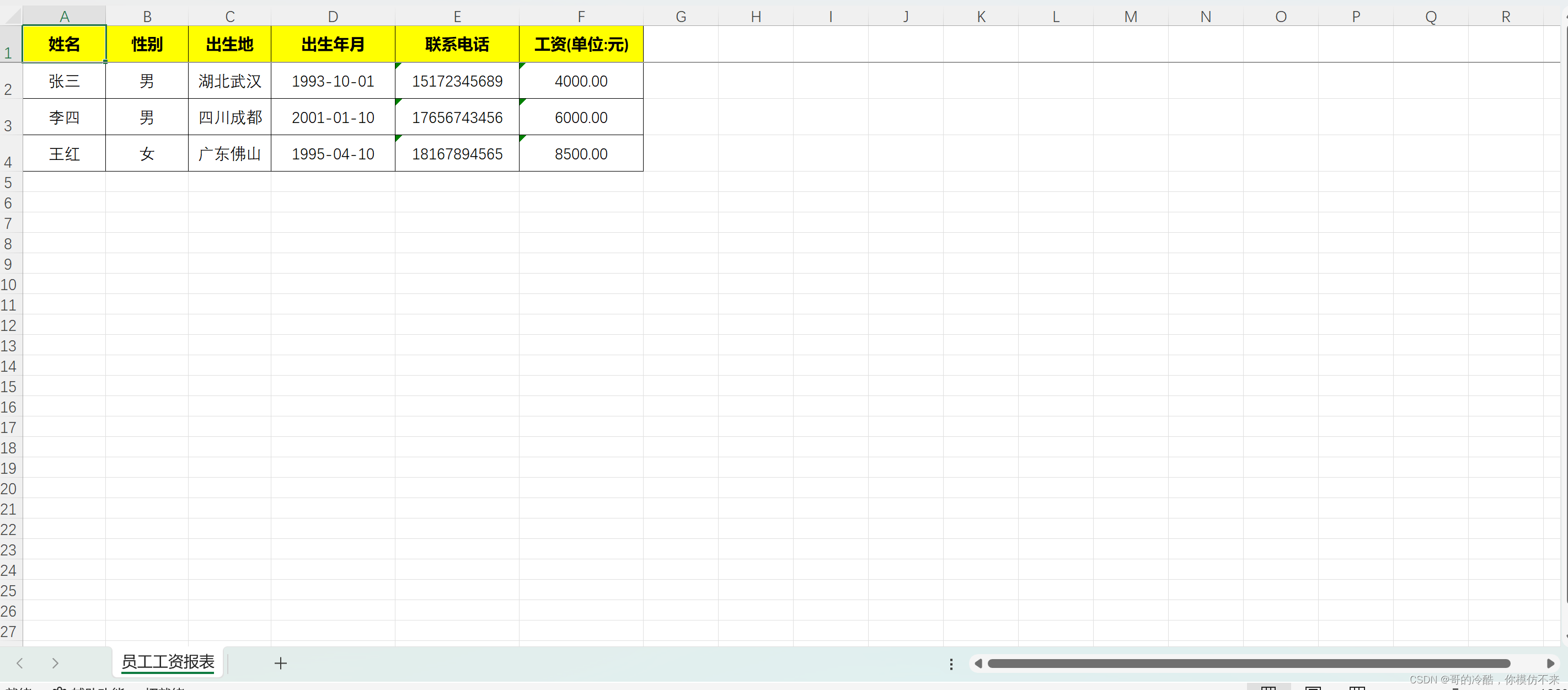




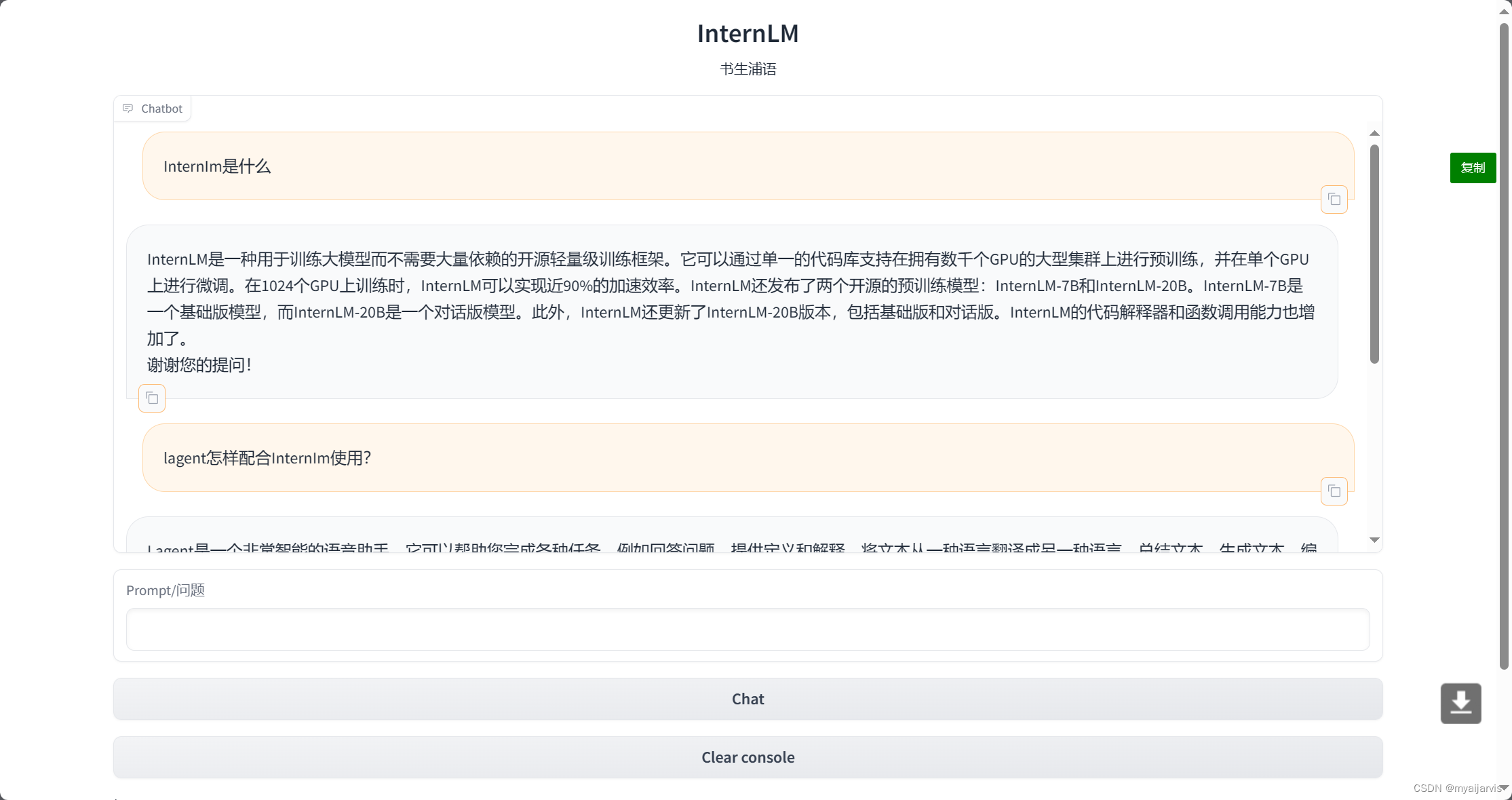
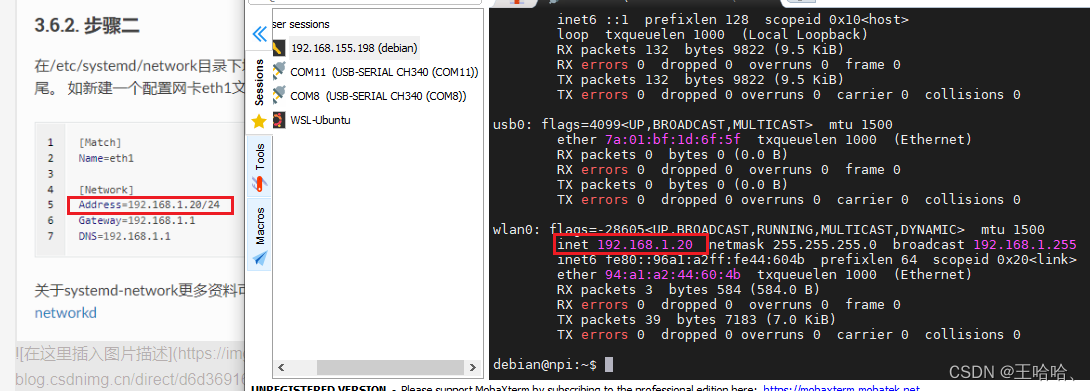
![【算法每日一练]-练习篇 #Tile Pattern #Swapping Puzzle # socks](https://img-blog.csdnimg.cn/direct/fd6ca83830f24d55b2b881ec10190920.png)
